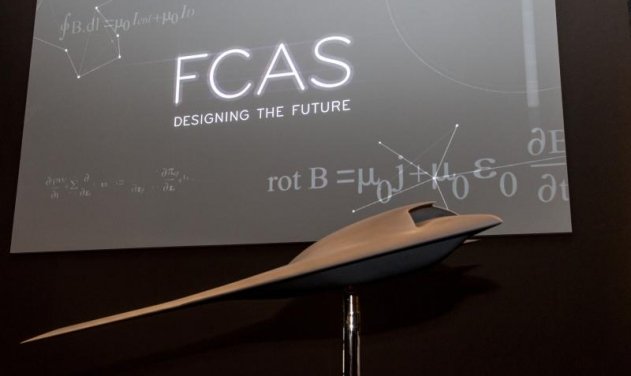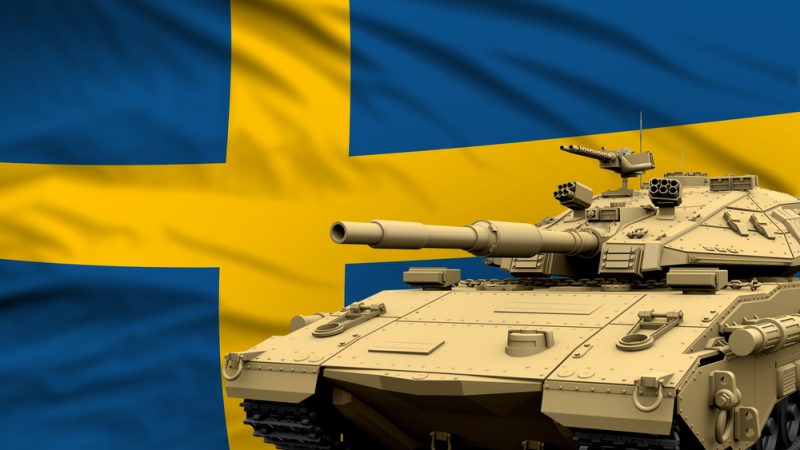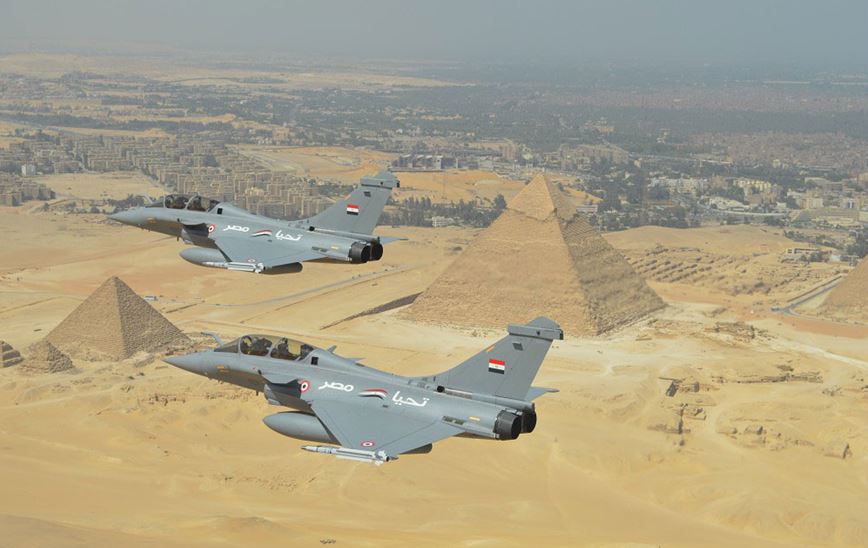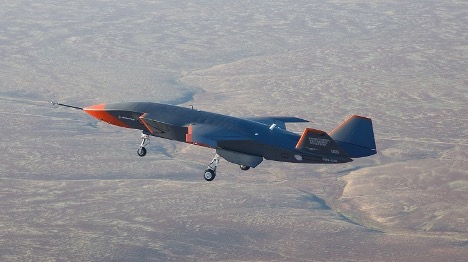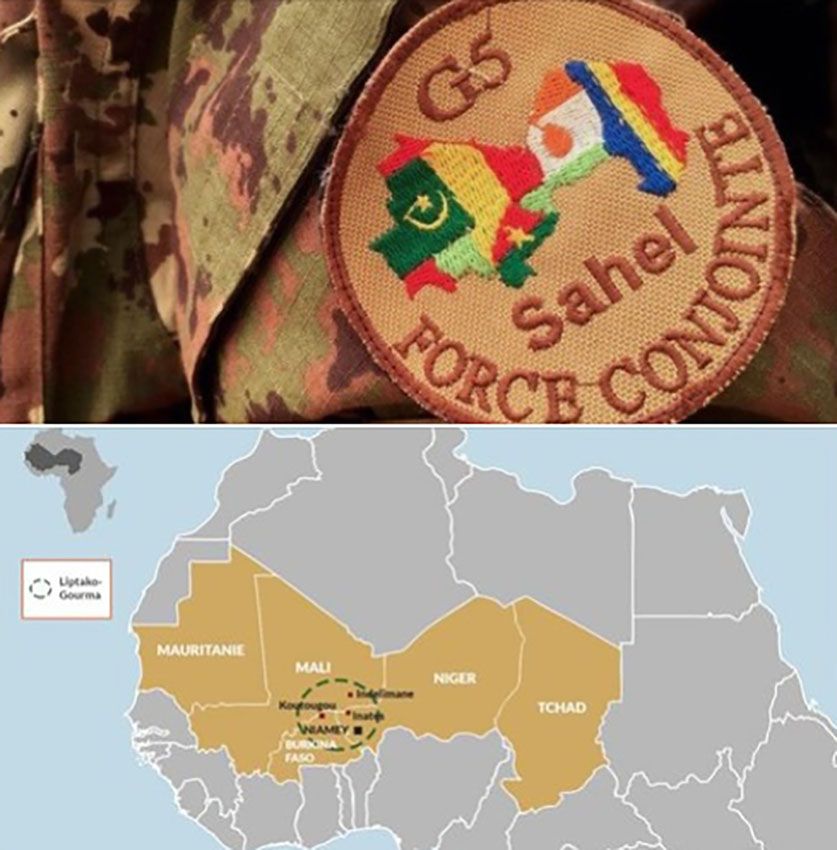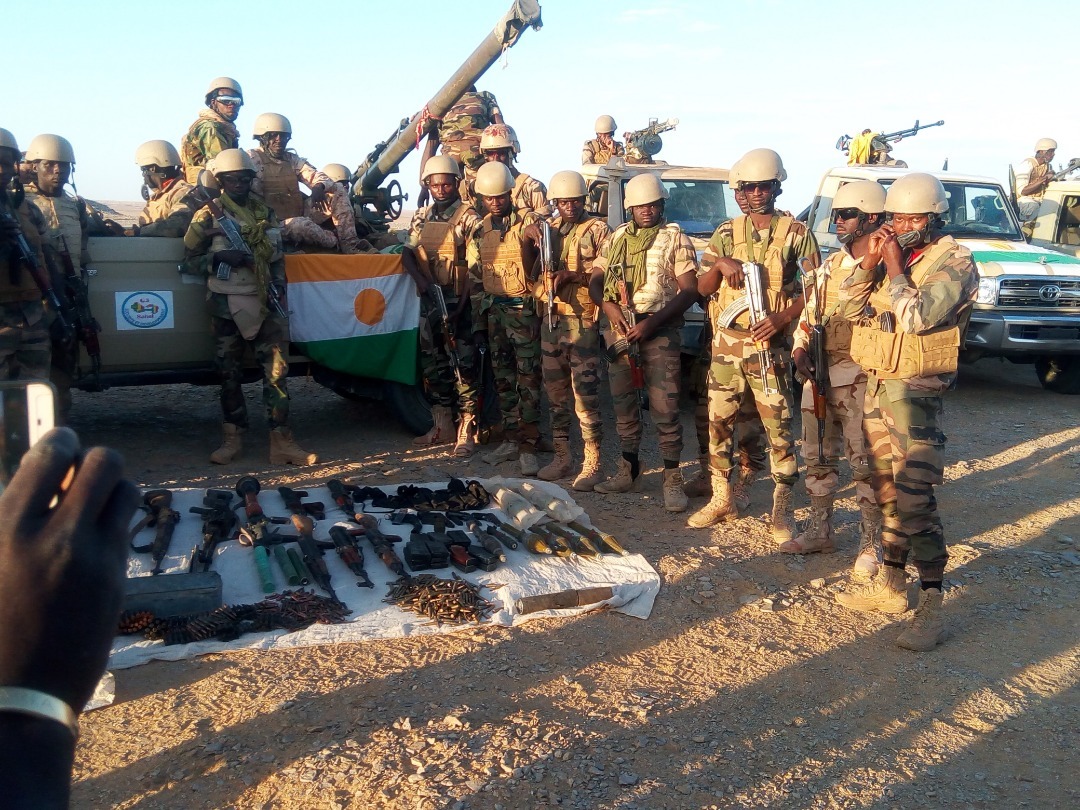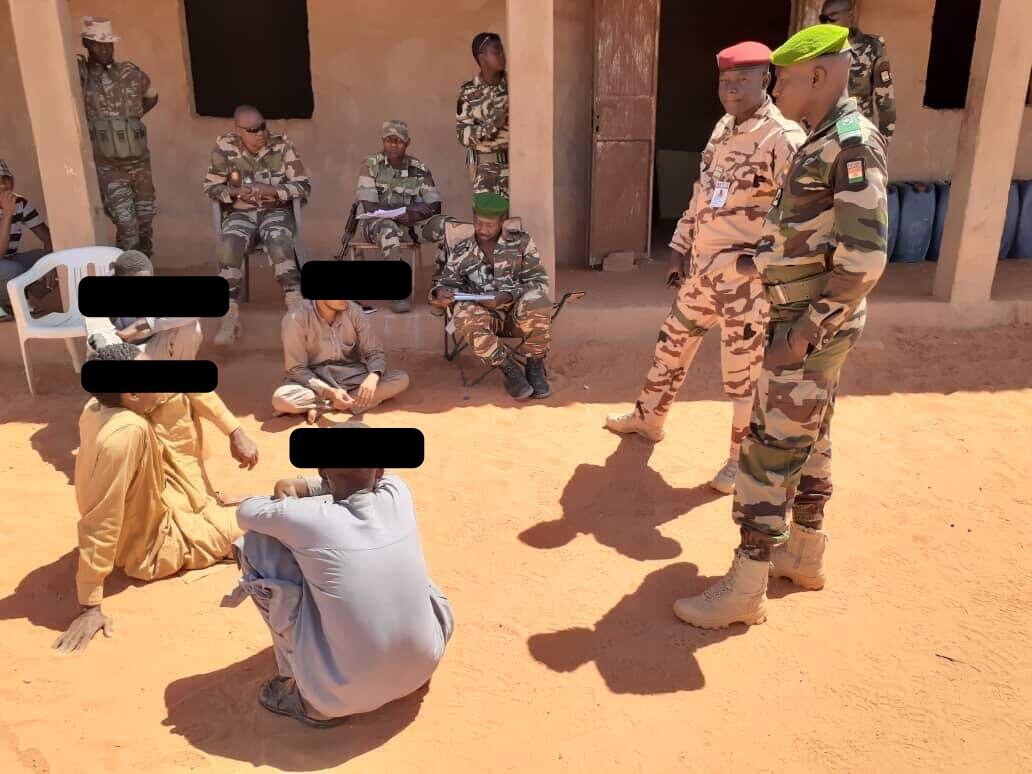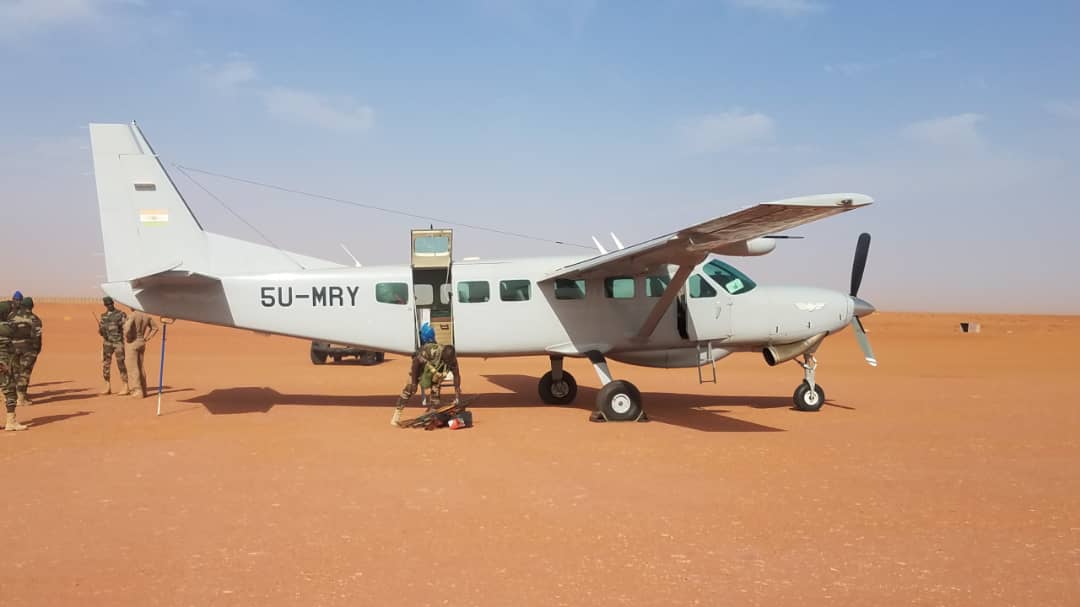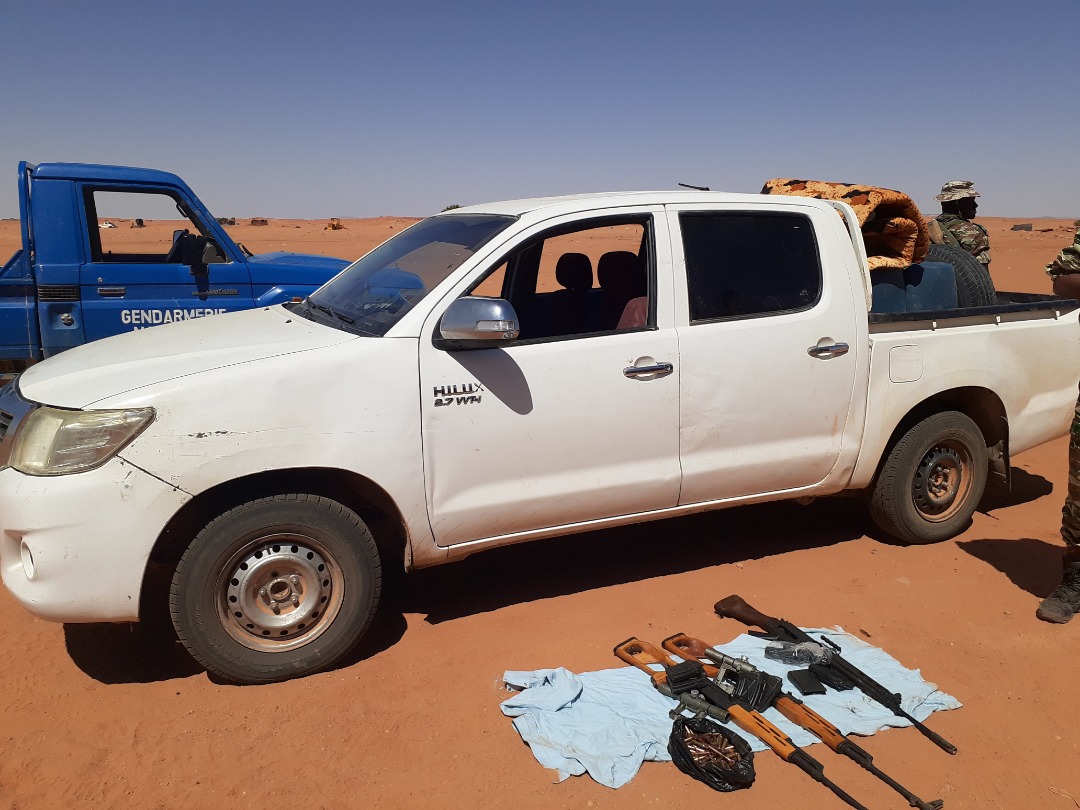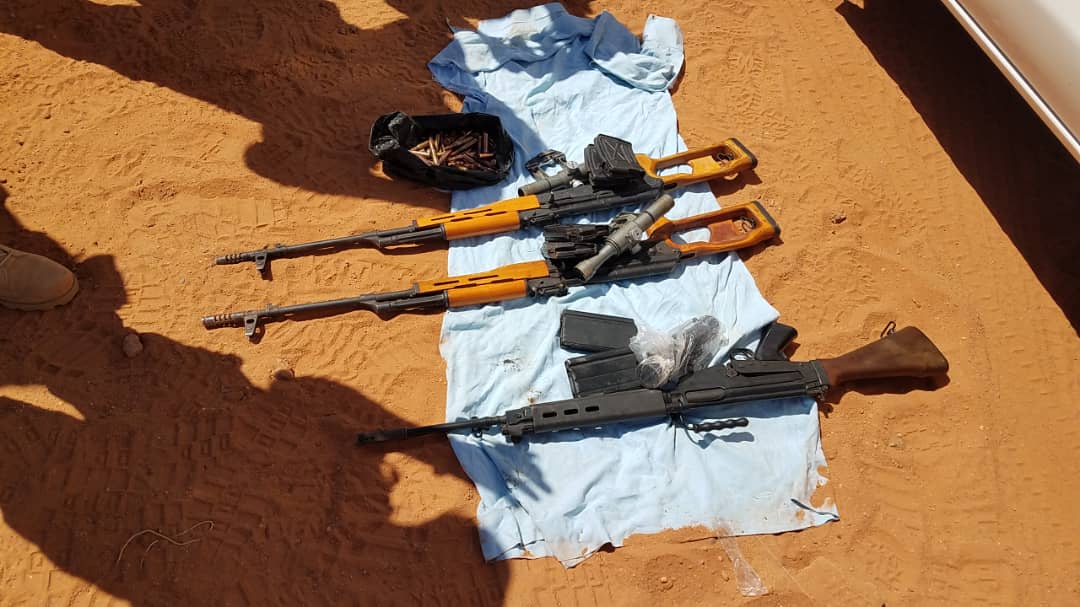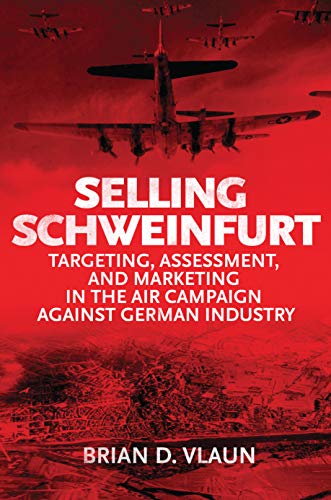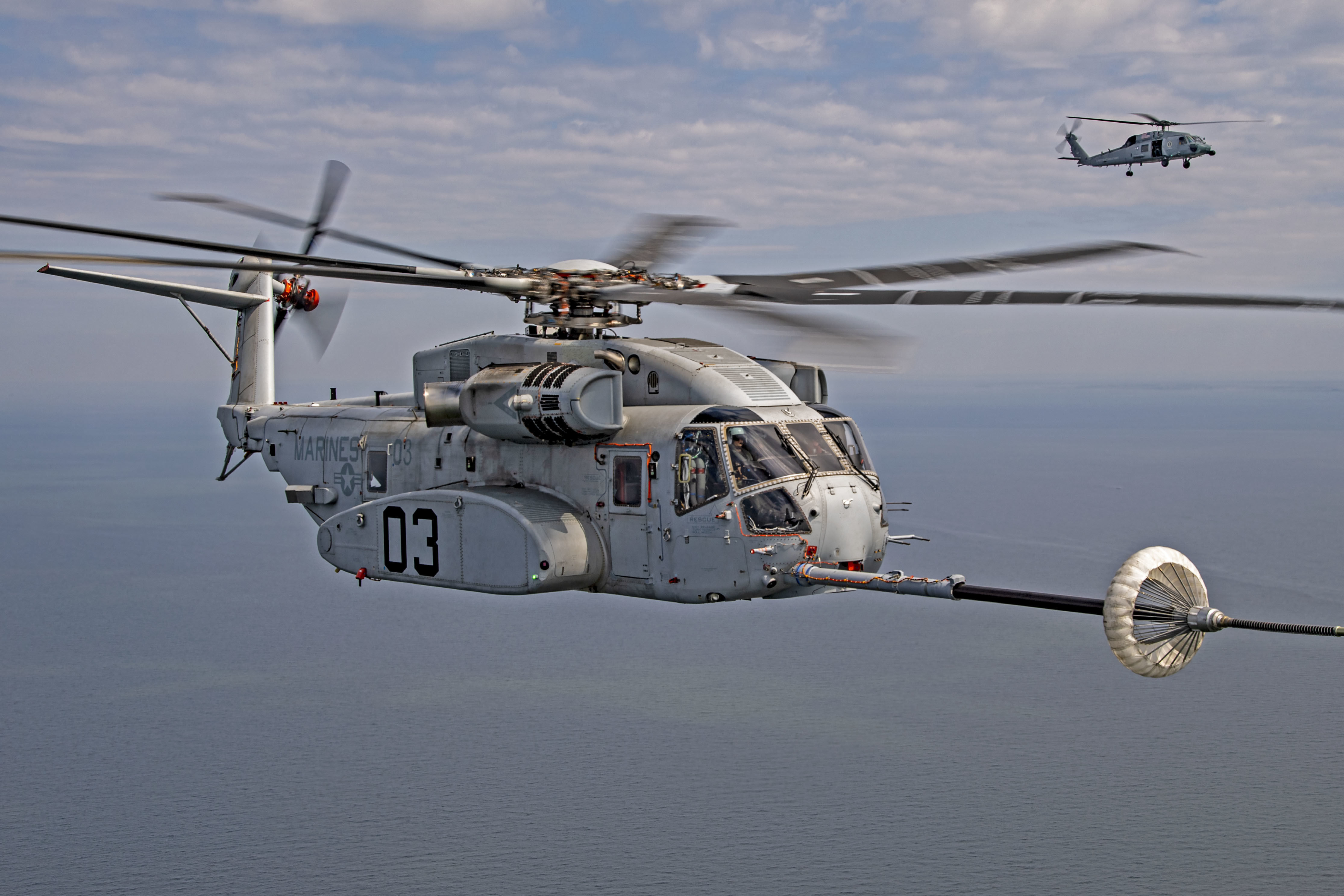The Boeing/RAAF Loyal Wingman has had its maiden flight.
This marks the first flight of an Australian locally constructed defence aircraft in more than 50 years.
“The Loyal Wingman’s first flight is a major step in this long-term, significant project for the Air Force and Boeing Australia, and we’re thrilled to be a part of the successful test,” said Air Vice-Marshal Cath Roberts, Head of Air Force Capability for the RAAF.
According to an article published on March 2, 2021 by our partner Australian Defence and Business Review:
The Boeing Airpower Teaming System (ATS) uncrewed aerial system (UAS) being developed for the RAAF’s Loyal Wingman program made a successful first flight at Woomera on February 27.
The flight comes after a series of successful engine tests and low speed taxi tests at Amberley, and high-speed taxi tests at Woomera. It was pushed back from a planned December 2020 timetable primarily due to the fluctuating status of state borders due to the COVID-19 pandemic, and unfavourable weather conditions at the remote test facility in recent weeks.
Development of the ATS is being partially funded to the tune of A$155 million by the RAAF under its DEF 6114 Loyal Wingman development program which will include three test aircraft. If successful, the program may lead to a requirement for an uncrewed combat capability to augment manned fighters, electronic attack aircraft, and high-value assets such as the E-7A Wedgetail and KC-30A MRTT.
Additional funding of $115 million was announced on March 2 following an government commitment to fund the development of three additional aircraft.
“The Australian government’s continued investment in the innovative Loyal Wingman program will create jobs and opportunities for over 35 Australian suppliers and small businesses, including BAE Systems Australia, RUAG Australia, AME Systems and Ferra Engineering,” Boeing Australia, New Zealand & South Pacific president, Dr Brendan Nelson said in a statement.
Boeing says the additional funding will support the maturation of the aircraft design, evolution of current and future payloads, and create the sustainment system for the aircraft in operations.
“In addition to progressing the air vehicle design and support system, we will further develop the aircraft’s mission system including advanced AI decision-making capabilities and new payloads,” Boeing ATS program director, Dr Shane Arnott said. “Continued digital engineering and significantly expanded live testing of the system will provide RAAF and Boeing with the ability to jointly take the concept to the next level, activities that are critical for us to rapidly understand how the Airpower Teaming System can be employed in the future battlespace.”
In a separate statement, the RAAF’s Head of Air Force Capability, AVM Cath Roberts added, “The Loyal Wingman’s first flight is a major step in this long-term, significant project for the Air Force and Boeing Australia, and we’re thrilled to be a part of the successful test. The Loyal Wingman project is a pathfinder for the integration of autonomous systems and artificial intelligence to create smart human-machine teams.”
Revealed at the 2019 Avalon Airshow, the ATS features low observable shaping, a single engine derived from a business jet, an internal fuselage weapons/sensor bay, and detachable nose sections that can carry various sensors or electronic warfare equipment.
“Boeing and Australia are pioneering fully integrated combat operations by crewed and uncrewed aircraft,” Boeing Defense, Space & Security President and CEO Leanne Caret said. “We’re honoured to be opening this part of aviation’s future with the Royal Australian Air Force, and we look forward to showing others how they also could benefit from our loyal wingman capabilities.”
Apart from the RAAF’s Loyal Wingman program, the ATS is expected to be developed into several different versions and be offered for similar programs currently underway in the US and UK, including the USAF’s Skyborg program.
And in a Defence Connect article published on March 2, 2021, the commitment of the Australian government to the program was highlighted.
Minister for Defence Industry Melissa Price has confirmed that the federal government will invest a further $115 million to procure three additional Loyal Wingman aircraft for the Royal Australian Air Force (RAAF), doubling the size of the fleet.
This is in addition to the $40 million already invested in the program, as part of a broader effort to assess the benefits of enhanced interoperability between piloted and remotely piloted air team systems in support of Australia’s defence and national security objectives.
According to Defence, the investment will ensure ongoing support of the current workforce and key industries, including advanced mission system software development, high technology aircraft manufacturing and uncrewed aircraft flight testing.
The Loyal Wingman program is part of the strategic shift Australia is undergoing.
In an article written after a Williams Foundation seminar held in the first part of 2019, this shift was highlighted as follows:
The latest Williams Seminar held in Canberra on April 11, 2019 focused on the strategic shift for Australia within the context of the evolving global situation.
Facing the rising challenges posed by the 21stcentury authoritarian states, and by the changing nature of alliances in the Pacific and in Europe, Australia needs to enhance its sovereign capabilities to operate within a regional or global crisis.
And this requires, Australia to have more capability to sustain its evolving integrated force and to do so in the service of the direct defense of Australia.
The Williams seminars over the past five years have focused in detail on the reshaping of the Australian Defence Force (ADF) as a more integrated force, one which can operate as discrete Australian force packages able to operate with allies or on their own.
The acquisition of the F-35 is seen as a trigger for accelerating the kind of force integration which Australia is seeking, namely a very capable force package within which fifth generation enablement enhances the lethality and survivability of modular force packages.
But the goal is to have such capability both for the direct defense of Australia and to work with allies during sustained periods of crisis.
It was clear from the latest Williams Seminar that this is not just a technical force packaging effort. It is part of a broader reset within Australian thinking about how to move ahead as the global competition changes.
As Williams Research Fellow, Dr. Alan Stephens put it, Australia needs to focus on Plan B:
“A military posture based on the premise that Australians will assume the burden of combat of defending their own country.”
“For most of our history, Australia has been unwilling to confront the imperatives of a defence posture which would require us to assume the burden of responsibility. Consequently, when faced with our only existential threat, in World War II, we were left dangerously exposed; while on other occasions, the apparent need to pay regular premiums on Plan A has drawn us into morally dubious wars of choice.
“In short, Plan A has distorted our strategic thinking and compromised our independence.
“If Australian defence is to be credibly self-reliant – if we are to have a Plan B – we can start by looking to the examples of those individuals and local industries that have challenged traditionalists and science-deniers, and have instead embraced innovation and transformation.”
Dr. Andrew Carr then followed highlighting what this means in terms of the strategic reset for Australia in dealing with the direct challenges from China and the changing dynamics of the American Alliance. Carr argued that Australia needed to focus on its regional interests rather than following American proclivities over the past three Administrations to pursue conflicts significantly removed from direct defense challenges to Australia itself.
“This is not to suggest an isolationist or inward-looking turn. Far from it. Nor is it about returning to the 1980s Defence of Australia concepts.
“Rather, it is a position which takes seriously the idea that we may be early into a half-century or more of strategic competition. This means knowing what we will fight to protect and how we can do so. And then being able to go forward from a secure continent. That is what a return to fundamentals means.
“To do otherwise, to keep focusing on what we can do at the furthest limits from our core interests, attempting merely to hold firm to the status quo is to risk our own version of a grey zone style crisis.
“A world where we are making commitments to our allies abroad that we can’t be sure future government’s and the Australian public will want to keep.
“Nor does this extended approach make sense in the face of our specific adversary on the field today. A strategy of simply trying to give ‘110%’, year in and year out, by tired and debt-ridden Western nations, finding ourselves always on the defence against a better resourced and fresher People’s Republic of China is not a winning approach.”
He posed a key question: What are the fundamentals of continental security for Australia?
Carr underscored that Australia needed to deal with the new strategic challenge and to do so by rethinking its defense and security strategies.
“Unfortunately, this is a question we will need to think through afresh, rather than hoping that past generations have done the work for us. The Defence of Australia policy, which was in place from roughly 1972 to 1997 took shape in a very different world, politically and technologically. This was an era where our continent was secure – something that is not obviously true today.”
The well-known Australian strategist Brendan Sargeant then contributed his thoughts on the way ahead in this new historical era. Sargeant has had many policy positions in the Australian government and spoke from that experience to discuss the challenges facing Australia in this new period of history.
His focus was upon how best to take the capabilities Australia has built and is building and how to leverage them effectively in Australian interests
“The development of capability is important, perhaps the most important element of defence policy, but also important is understanding how these capabilities might need to be used in the future.
“How should we shape the force to respond to future crises?
“How we think about that question will in part determine how we want to evolve capabilities, and how powerful and sustainable we will want the force to be.
“Have we thought sufficiently about how we might need to use defence capability in the future, and are we building for that day or days?”
The remainder of the seminar focused on what one might call the eco system for a more sustainable ADF. A key element of shaping a way ahead clearly is to shape a more sustainable force which can endure through a crisis. This meant taking off the table the capability of the Chinese to disrupt the supply chains into Australia and choking off the sustainability of the ADF. This clearly needs to be dealt with by crafting “buffer” capabilities to sustain the force.
Another key aspect being worked is enhanced local industrial support to ADF forces, as well as new approach to stockpiling parts and skill sets to sustain the force.
There are clear security issues as well. There needs to be enhanced security of Australian civil as well as military infrastructure, in terms of IT, C2 and energy security.
Put in blunt terms, with a focus on direct defense of Australia comes a broader social recognition of the long-term challenges posed by its powerful neighbor in the region as well as finding ways to rethink crisis management tools. An integrated ADF which able to operate in flexible force packages as a key enabler for sovereign options in a crisis is a different trajectory than envisaged in the last White Paper.
But to enable, you need to survive and be sustained. This is why active defense measures are being stood up and rethinking about logistics and industrial support under way.
It is clearly a work in progress.
But the new Aussie approach will have significant implications for Australia’s allies and industrial partners as well. A focus on sustainable direct defense will clearly mean a shift in focus and reorientation of how Australia will work with global partners and industry. And this has direct consequences for programs such as the British frigate, the French submarine and US produced 21st century air combat assets, such as P-8, Triton, Growler and F-35.
Dr. Carr highlighted how different the way ahead is from the recent past.
“We should find a new language instead of the term self-reliance.
“This term has always been used by Australians to mean an exception to usual practice. Self-Reliance was we did in the worst-case scenario, or did on the margins while normal allied cooperation was the mainstay.
“Instead we should think of this issue as most other countries do. Defending ourselves is our task and our primary responsibility. We will build alliance cooperation on top of this, we will seek to use our geography to support and sustain a regional order that has been very valuable to us. But what we do alone is not the exception, but a fundamental part of a re-invigorated, and resilient approach.
“So let us take this moment to rethink and regroup. The siren calling us back onto the pitch is sure to blast very soon, and the next half is going to be even tougher. But with a better plan, based on the fundamentals, I am confident the game’s momentum will soon run our way.”
For our examination of the evolution of Australian defence strategy, please see the following:
Joint by Design: The Evolution of Australian Defence Strategy


